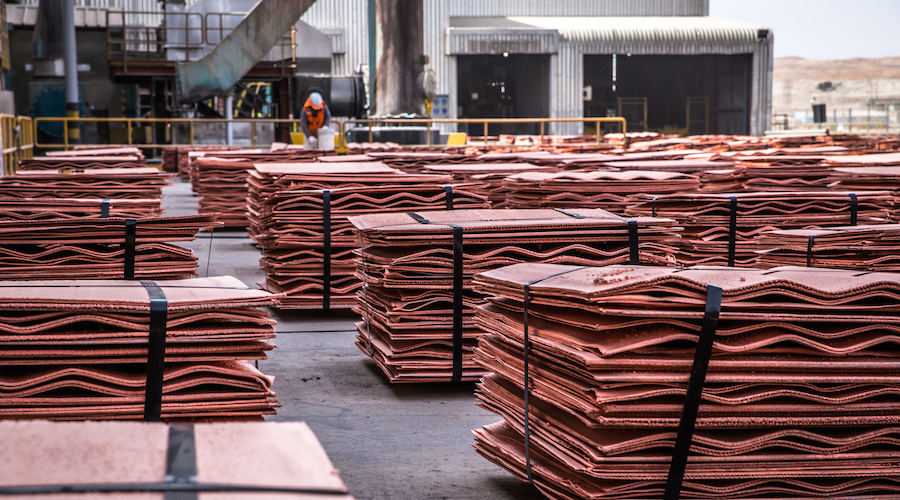Coal output from top 10 miners to increase by up to 6.6% in 2021 – report

Coal production from the world’s top 10 mining companies (Coal India, China Shenhua, Yanzhou Coal, Peabody, China National Coal, Glencore, Siberian Coal, PT Bumi, BHP and Arch Resources) is expected to be between 1,683-1,740Mt in 2021, representing an increase of up to 6.6% compared to last year, a report by UK-based analytics firm GlobalData finds.
This represents a recovery in coal production after a turbulent year, where output from the top 10 companies fell from a collective 1,704Mt in 2019 to 1,633Mt in 2020, which is a 4.2% decline. The most significant declines were observed from Arch Resources (28.6%), PT Bumi (24.9%), Glencore (23.9%), and Peabody (21.8%).

Production from Arch Resources (formerly Arch Coal) declined primarily due to the sale of the Holden #22 Surface mine in December 2019, coupled with weak economic conditions during Q1 2020. In addition, the temporary suspension of the Viper mine in Q2 2020 further disrupted the company’s coal production.
Commenting on the various disruptions across the globe in 2020, Vinneth Bajaj, associate project manager at GlobalData, says: “Heavy rainfall amid the outbreak of covid-19 impacted PT Bumi’s output in 2020, while Glencore’s coal output fell for the fourth consecutive quarter as the company’s Colombian coal assets remained suspended as part of the covid-19 preventive measures.”
“Scheduled production cuts across the Australian portfolio also impacted the company’s overall output, as did the placement of the Prodeco mine under care and maintenance and strikes at Cerrejon between August and December 2020,” Bajaj adds.
Peabody’s output dropped primarily due to the upgrade of the main line conveyor system at Shoal Creek, alongside pit sequencing work at Moorvale and a dragline outage at Coppabella. In addition, the company also suspended operations at the Wambo underground mine for around 59 days during the second half of 2020. The closure of mines including Kayenta and Cottage Grove (Q3 2019) and Wildcat Hills (Q2 2020) further impacted the company’s output.
“BHP’s coking coal production was impacted by planned maintenance at the Saraji and Caval Ridge mines, environmental disruptions at La Nina, and lower yields at the South Walker Creek and Poitrel mines. Meanwhile, the thermal coal segment, from which the company is expected to exit in the near future, was affected by a 91-day strike at Cerrejon, which started on August 31, 2020,” Bajaj continues.
“In contrast, production from Coal India rose by 4% owing to a recovery in the offtake from India’s power sector, which was supported by a resumption in industrial and commercial activities as the country’s electricity demand started to recover from the covid-19 setback.
“Output from China Shenhua, Yanzhou and China National Coal Group also increased, rising by 3.1%, 10.2% and 8.1%, respectively, in 2020, mainly owing to a quick recovery in China, particularly during the second half of 2020.”
According to GlobalData, operating activities, backed by the rollout of vaccine and strict covid-19 protocols on-site, returning to normal is expected to be a key production driver for companies in 2021.
More News
{{ commodity.name }}
{{ post.title }}
{{ post.date }}



Comments